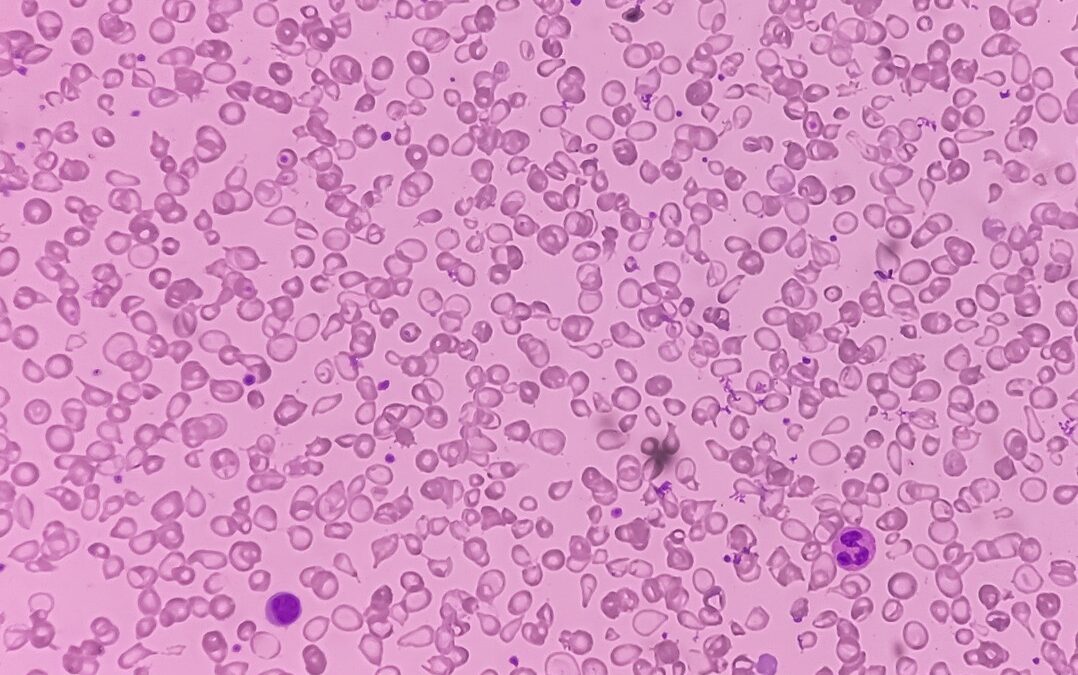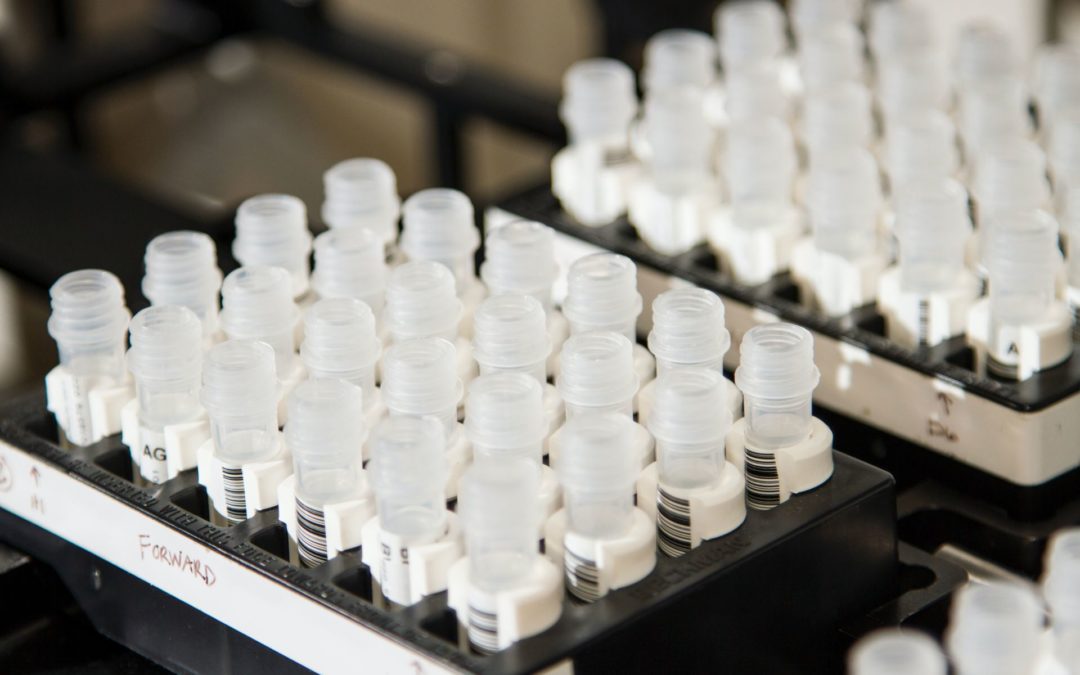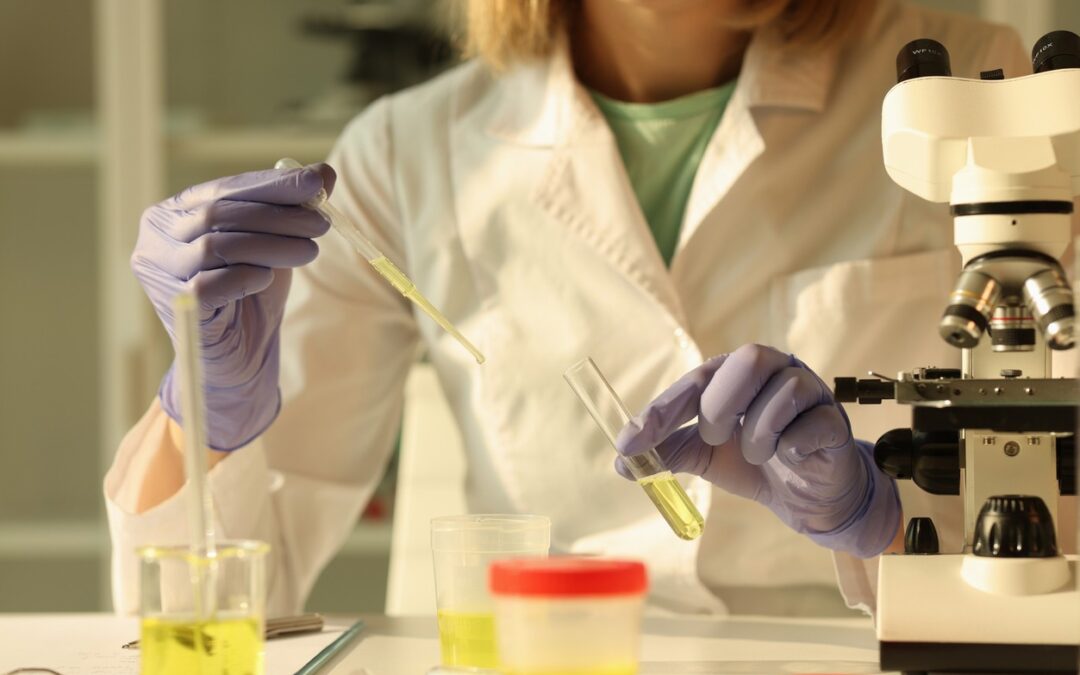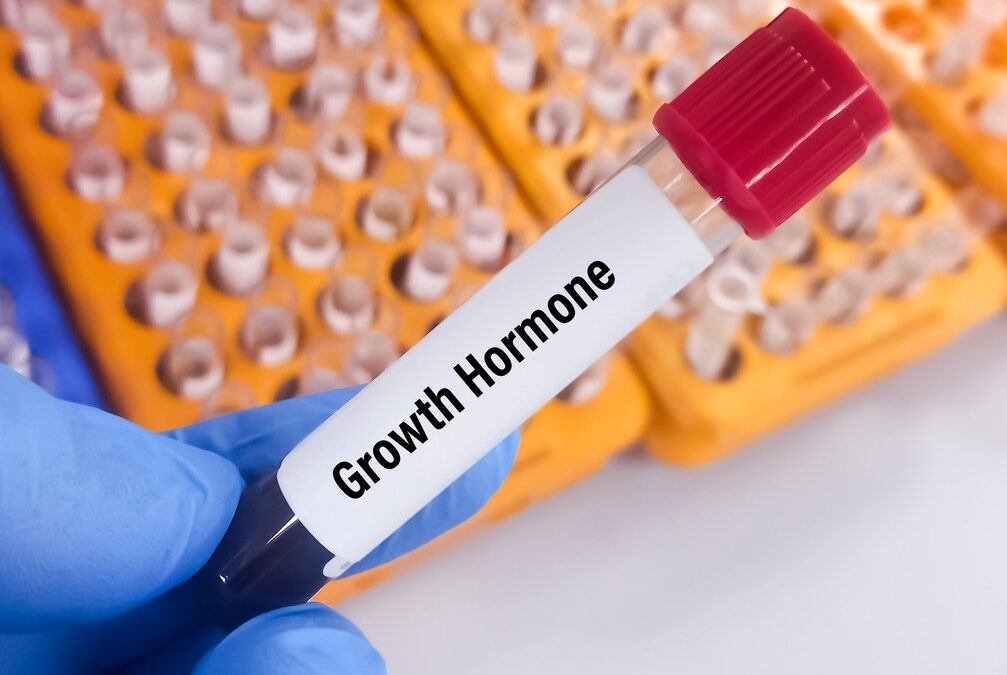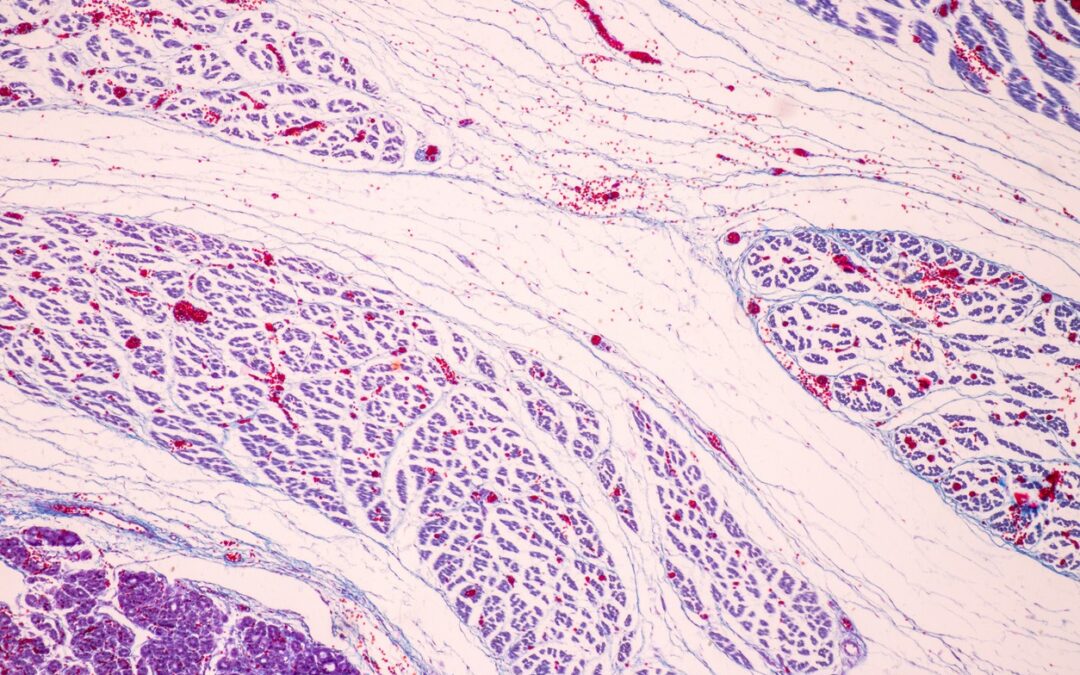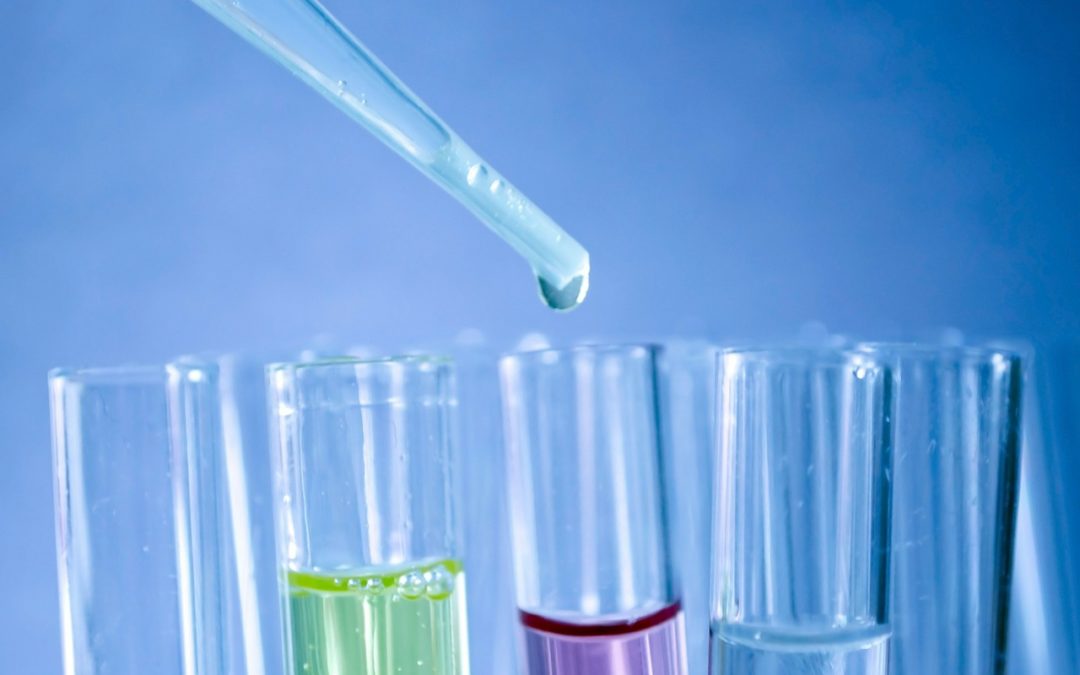
Tesamorelin and Ipamorelin Study Findings
Tesamorelin, also known as TH9507, is a synthetic growth hormone-releasing factor agonist that may stimulate the production and release of endogenous growth hormone. It is comprised of all 44 amino acids of GHRH with a trans3-hexenoic acid group. Additionally, it is speculated to be more robust and stable than GHRH and may be resistant to cleavage by the dipeptidyl aminopeptidase enzyme. Tesamorelin is believed to activate the GHRH receptor in the pituitary gland, causing the synthesis and release of growth hormone-releasing hormone. This hormone, in turn, is speculated to act on several cells, including hepatocytes, to stimulate the production of insulin-like growth factor 1 (IGF-1). IGF-1 is considered to mediate many of the effects of growth hormones, including liver growth, suppression of programmed cell death, impaired glucose tolerance, and lipolysis.
Ipamorelin is a synthetic pentapeptide with distinct and specific growth hormone (GH) release properties, potentially as impactful as researchers suggest GHRP-6 is. It is believed to stimulate GH release via GHRP-like receptors, and surprisingly, it may not release ACTH or cortisol at levels significantly different from those observed after GHRH stimulation. This action is speculated to make ipamorelin potentially the first GHRH agonist specific for GH release, similar to GHRH. Ipamorelin appears to work in a completely different way to stimulate the release of growth hormones. It is suggested to bind to ghrelin receptors in the pituitary gland without affecting other hormones in the body. Ghrelin, which it interacts with, is believed to have profound metabolic regulatory effects, including increased or decreased hunger, suppression of the breakdown of accumulated fat, and most importantly, the release of growth hormone from the pituitary gland.
Disclaimer: The products mentioned are not intended for human or animal consumption. Research chemicals are intended solely for laboratory experimentation and/or in-vitro testing. Bodily introduction of any sort is strictly prohibited by law. All purchases are limited to licensed researchers and/or qualified professionals. All information shared in this article is for educational purposes only.

